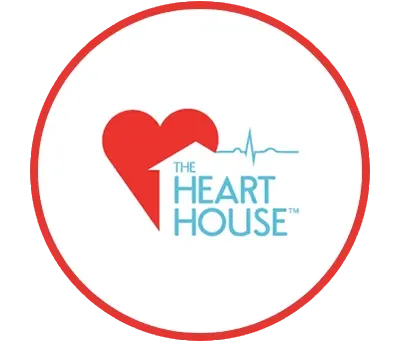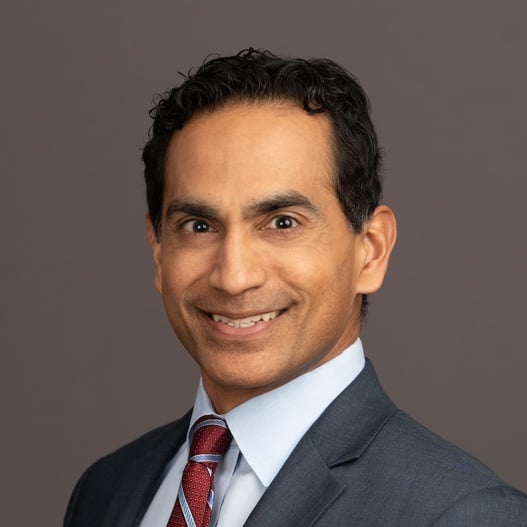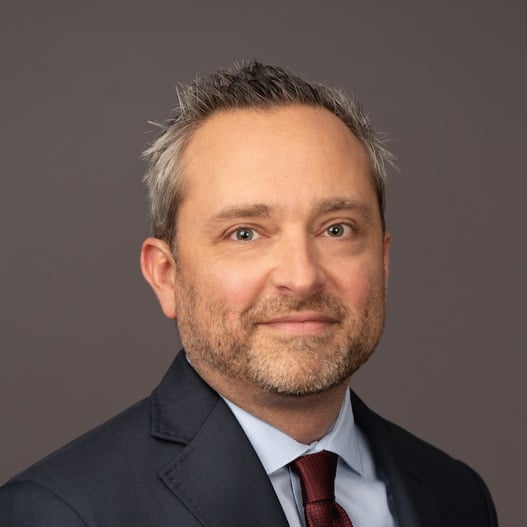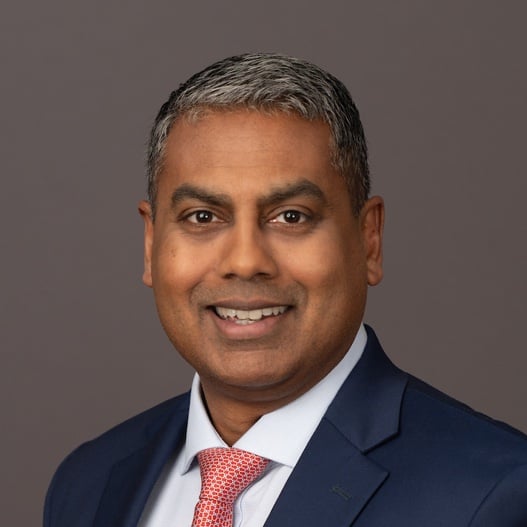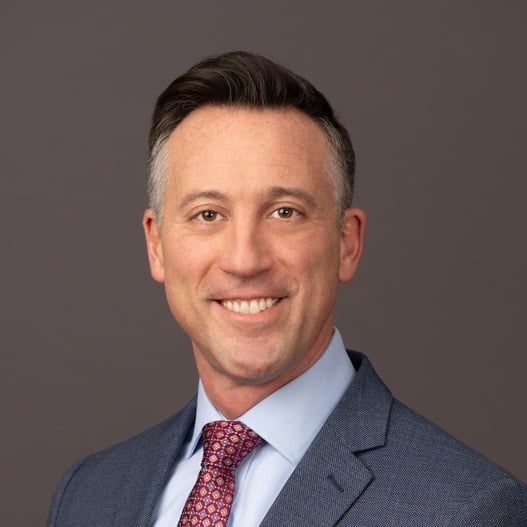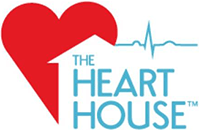Atrial Fibrillation Ablation
What is Atrial Fibrillation Ablation?
Atrial fibrillation is the most common heart rhythm disorder, causing an irregular and often rapid heartbeat. The erratic electrical signals that trigger AFib often originate in the pulmonary veins. AFib causes symptoms like palpitations, fatigue, and shortness of breath.
Our cardiac electrophysiologists use advanced 3D mapping catheters to identify the precise locations of the arrhythmia triggers within the pulmonary veins. Radiofrequency or cryoablation energy is then delivered through the catheter to destroy the abnormal tissue. Normal rhythm can often be restored by ablating the source of the faulty signals. AFib ablation provides an alternative to lifelong medication usage for suitable candidates.
Risks & Benefits of Atrial Fibrillation Ablation
Atrial fibrillation ablation is a treatment option that offers potential benefits for individuals with AFib, but like any medical procedure, it comes with associated risks. Before deciding to undergo this procedure, it's crucial to have a comprehensive discussion with your cardiac electrophysiologist. They will assess your specific condition, medical history, and individual risk factors to determine whether the benefits outweigh the risks for you.
Benefits of Atrial Fibrillation Ablation
- Restored heart rhythm
A successful ablation procedure can restore the heart's normal rhythm, providing relief from AFib symptoms and improving heart function. - Reduced AFib episodes
Many patients experience a significant reduction in the frequency and duration of AFib episodes after ablation. - Reduced dependence on medications
Successful ablation may reduce or eliminate the need for long-term medications to manage AFib, avoiding potential side effects and medication interactions. - Improved quality of life
Living with a regular heart rhythm allows individuals to engage in daily activities without the restrictions of AFib symptoms, leading to an improved overall quality of life.
Potential Risks
- Bleeding, bruising, or blood clots
- Heart damage
- Recurrence of AFib
- Stroke
- Pulmonary vein stenosis
What to Expect Before, During, and After Atrial Fibrillation Ablation
Before your atrial fibrillation ablation, your medical history will be thoroughly reviewed, and you will undergo cardiac testing to assess your heart's condition. As part of the preparation, you will need to stop taking blood thinners as instructed, typically 3-5 days before the procedure. Fasting from food and drink will be required after midnight on the night before the ablation.
During the atrial fibrillation ablation, you will receive sedation and anesthesia to ensure your comfort throughout the procedure. The duration of the procedure typically ranges from 2 to 6 hours, depending on the complexity of the case. After the atrial fibrillation ablation, you will stay overnight in the hospital for careful monitoring and to ensure a smooth recovery. It is normal to experience mild chest pain, fatigue, and irritation at the insertion site. Here are a few things to consider after the procedure:
- You may experience some pain at the insertion site, which can be managed with over-the-counter pain medication.
- You will need to avoid strenuous activity for a few weeks after the procedure. Your healthcare provider will give you specific instructions about when you can resume your normal activities.
- You may be advised to follow a heart-healthy diet after the procedure. This may include eating more fruits, vegetables, and whole grains, and limiting processed foods, sugary drinks, and saturated and unhealthy fats.
- You must stay hydrated after the procedure. Drink plenty of fluids, such as water, juice, and clear broth.
- You may experience mood changes after the procedure, such as anxiety or depression. If you experience any mood changes, talk to your doctor.
- You will need to follow up with your healthcare provider regularly after the procedure. This will include monitoring your heart rhythm and making sure that the ablation was successful.
Am I a Candidate for Atrial Fibrillation Ablation?
While this minimally invasive approach can be effective for many individuals, not everyone is an ideal candidate for the procedure. To determine if you are suitable for AFib ablation, your healthcare provider will consider several factors related to your medical history, the severity of your AFib, and your overall health. Here are some key considerations that can help determine if you are a candidate for atrial fibrillation ablation:
- Atrial fibrillation diagnosis
To be eligible for ablation, you must have a confirmed diagnosis of atrial fibrillation. Your healthcare provider will conduct various tests and evaluations to diagnose and classify the type of AFib you have. - Symptom severity
If you experience bothersome symptoms due to AFib, such as palpitations, shortness of breath, fatigue, or dizziness, despite trying other treatments, you may be a suitable candidate for ablation. - AFib frequency
The frequency and duration of your AFib episodes will be assessed. Individuals with frequent and persistent AFib episodes may benefit from ablation. - Response to medications
If medications used to control AFib have been ineffective or are causing significant side effects, ablation might be a viable option. - Underlying heart conditions
Your healthcare provider will evaluate your heart's overall health and look for any structural heart abnormalities that may contribute to AFib. - Age and health status
While atrial fibrillation ablation can be performed on people of various ages, your overall health will be considered to ensure you can tolerate the procedure. - Expectations and preferences
Your willingness to undergo the procedure and your understanding of its potential benefits and risks will also be taken into account. - Medical history
Your healthcare provider will review your medical history, including any previous heart procedures or surgeries, to determine if atrial fibrillation ablation is appropriate for you.
Take Back Control from AFib with Ablation
If you're experiencing frequent symptoms of atrial fibrillation like palpitations, fatigue, and shortness of breath, know you don't have to keep enduring the effects of this disruptive arrhythmia. AFib ablation could potentially provide lasting relief when medications have failed.
Request an appointment with our electrophysiology specialists to determine if this minimally invasive treatment is right for you. We have extensive experience precisely mapping AFib triggers and eliminating them through targeted ablation energy delivery. Take action today.
Photo Gallery
Video Gallery
Testimonials
Photo Gallery
Get To Know Our Cardiologists
In Search of Care? Request a Consultation Today


